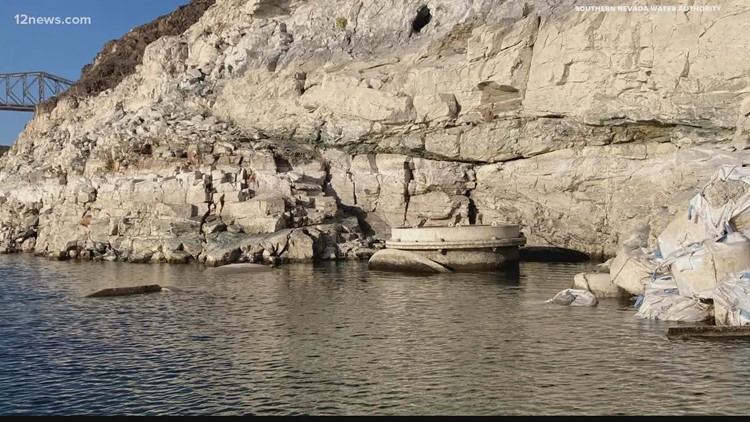
The Future of Lake Mead: Level 1 Water Shortage Continues
The U.S. Bureau of Reclamation announced that Lake Mead will continue to operate under Level 1 shortage conditions for the next year, affecting Arizona and Nevada. This means that water reductions will persist in these states.
The agency predicts that Lake Mead’s elevation will be around 1,062 feet in early January, which is 13 feet below the trigger for a shortage determination of 1,075 feet.
As a result of this determination, Arizona will have to reduce water usage by 512,000 acre-feet, approximately 18% of the state’s annual allocation, while Nevada will need to cut back by 21,000 acre-feet, about 7% of their annual apportionment. Mexico will also be required to reduce its water usage by 80,000 acre-feet, roughly 5% of their annual allotment.
An acre-foot of water is enough to supply two average U.S. households for a year. The ongoing water reductions are part of efforts to stabilize the Colorado River System, which has been facing low reservoir storage in Lake Powell and Lake Mead, currently at 37% of capacity.
In 2021, a water shortage was declared for the Colorado River, leading to a series of water cuts. The tiered-level system implemented for Lake Mead’s water levels moved back into Level 1 in 2022 after descending into Level 2 due to improved conditions.
Last year, Arizona, Nevada, and California agreed to further reduce water usage by 3 million acre-feet until 2026, showing a commitment to conservation and sustainable water management.
*Editor’s Note: The above video is from an earlier broadcast in 2021.*




